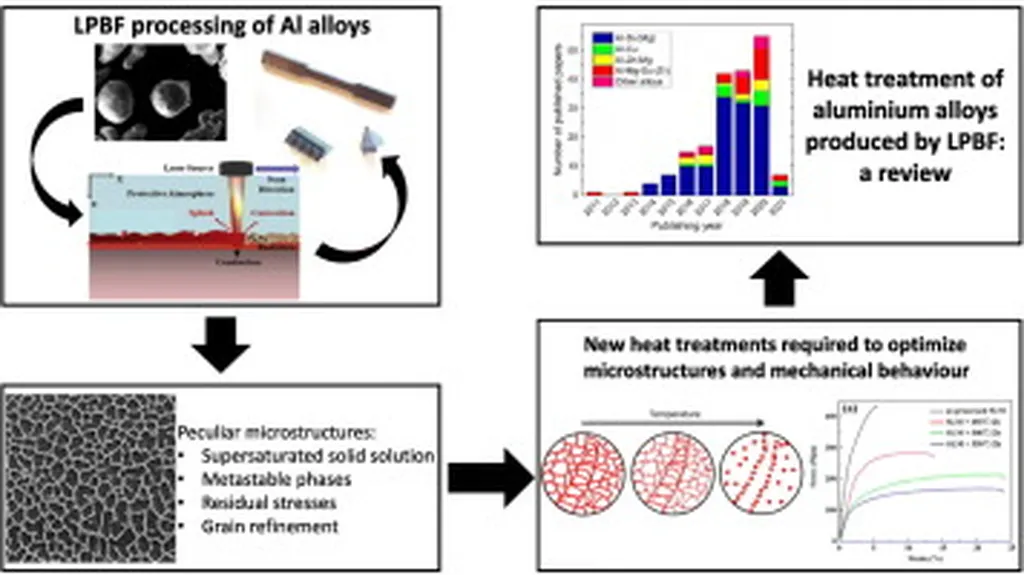In the quest for advanced materials that can drive innovation in precision devices and energy technologies, researchers have been exploring the unique properties of Fe-Ga alloys. A recent study published in *Cailiao gongcheng* (translated to *Materials Engineering*) sheds light on how heat treatment can significantly enhance the magnetostrictive properties of these alloys, potentially revolutionizing their applications in the energy sector.
Fe-Ga alloys have long been recognized for their exceptional magnetostrictive performance, which makes them ideal for use in micro-displacement devices, vibrators, and sensors. Their cost-effectiveness, superior mechanical properties, and high stability have garnered significant attention from researchers in solid-state physics and materials science. However, the full potential of these alloys has yet to be unlocked.
Enter Hu Yong, a leading researcher from the State Key Laboratory of Advanced Processing and Recycling of Non-ferrous Metals at Lanzhou University of Technology. Hu and his team have been delving into the intricate details of Fe-Ga alloys, particularly focusing on the phase structure and how it can be manipulated to improve magnetostrictive properties.
“The phase structure of Fe-Ga alloys is crucial in determining their magnetostrictive performance,” explains Hu. “By understanding and controlling the phase structure through heat treatment, we can significantly enhance the alloy’s properties, making it more suitable for high-precision applications.”
The study explores various preparation methods that enhance the preferred grain orientation 〈100〉, which is essential for optimizing the magnetostrictive properties. The researchers also examined the effects of external magnetic fields and prestresses on magnetic domain distribution and the impact of incorporating rare earth elements on improving magnetostrictive performance.
One of the most significant findings of the study is the influence of heat treatment on phase structure transformation and nanoprecipitate phase precipitation. These processes can fine-tune the magnetostrictive properties of Fe-Ga alloys, making them more efficient and reliable for use in precision devices.
“The potential applications of Fe-Ga alloys in the energy sector are vast,” says Hu. “From improving the efficiency of energy conversion devices to enhancing the performance of sensors and actuators, the possibilities are endless.”
The research published in *Cailiao gongcheng* not only advances our understanding of Fe-Ga alloys but also paves the way for their broader application in the energy sector. As the demand for high-precision, energy-efficient devices continues to grow, the insights gained from this study could be instrumental in driving innovation and shaping the future of energy technologies.
In an industry where every increment in efficiency and performance counts, the work of Hu Yong and his team offers a promising path forward. By harnessing the power of heat treatment to regulate the phase structure of Fe-Ga alloys, researchers are unlocking new possibilities for these remarkable materials, potentially transforming the landscape of precision device manufacturing and energy applications.

